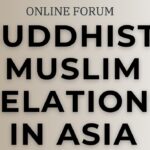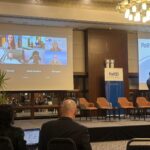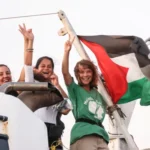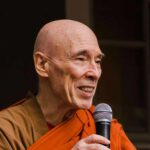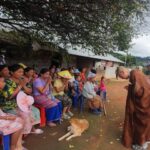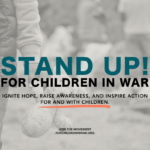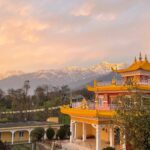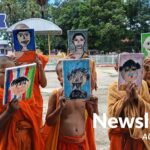The 40th Niwano Peace Prize Ceremony, May 11, 2023
International House, Tokyo, Japan
May I begin by recognizing the Honourable Guests and Other Dignitaries as well as Friends from other countries, and all of those participating in this 40th Niwano Peace Prize Ceremony.
Let me thank the Niwano Foundation for recognizing my work as being worthy to receive this award. I want to thank the President, the Board Members and those from the Jury who have given me this honour. I take note of the fact that there may be some in the audience who have already received this award. I feel proud to join this fraternity and I look forward to the opportunity of walking with such luminaries on the path of peace.
From a distance I have admired the kind of peace promotion that has been carried out in Japan since the war because it has had a deep resonance globally. I mean by this that the devastation brought about by the bombing of Hiroshima and Nagasaki became a reference point for abandoning the production and use of nuclear weapons. It became an integral part of global peace education. Although after three generations we continue to see some nuclear weapon states using the nuclear threat, I believe this is for the sake of deterrence. The costs are well-known thanks to the persistence of the Japanese peace movement.
My own peace journey began from brutal conflict. This occurred in the Chambal Valley, a place in India which is 300 kilometres south-west from the capital, New Delhi. In working with senior Sarvodaya workers, I was confronted with the violence of dacoits, a group of rebels who would have been labelled as a terrorist group today. I lived and worked among them for a period of time persuading them to give up their arms and by serving jail sentences, getting reconciled back into society. We had a 50th Anniversary of the Surrender last year, and saw how the most hardened criminals could become votaries of peace. This transformation from violence to peace was possible for most of the 578 dacoits. It was time-taking yet the proof was in the pudding.
After this experience I moved to other places in India where I could address some of the root social problems, which had led a small number of people to take up arms. I began to appreciate that direct violence or the use of arms was a result of structural violence or injustice. By removing the injustice, then the physical conflict reduced. In other words, I moved from resolving ‘direct’ or physical violence to what may be called ‘indirect’ or systemic violence. I believed that the cause of hatred, injustice and brute force needed to be resolved deep within the social structures. Only such attention to poverty, discrimination and exclusion could peace flourish.
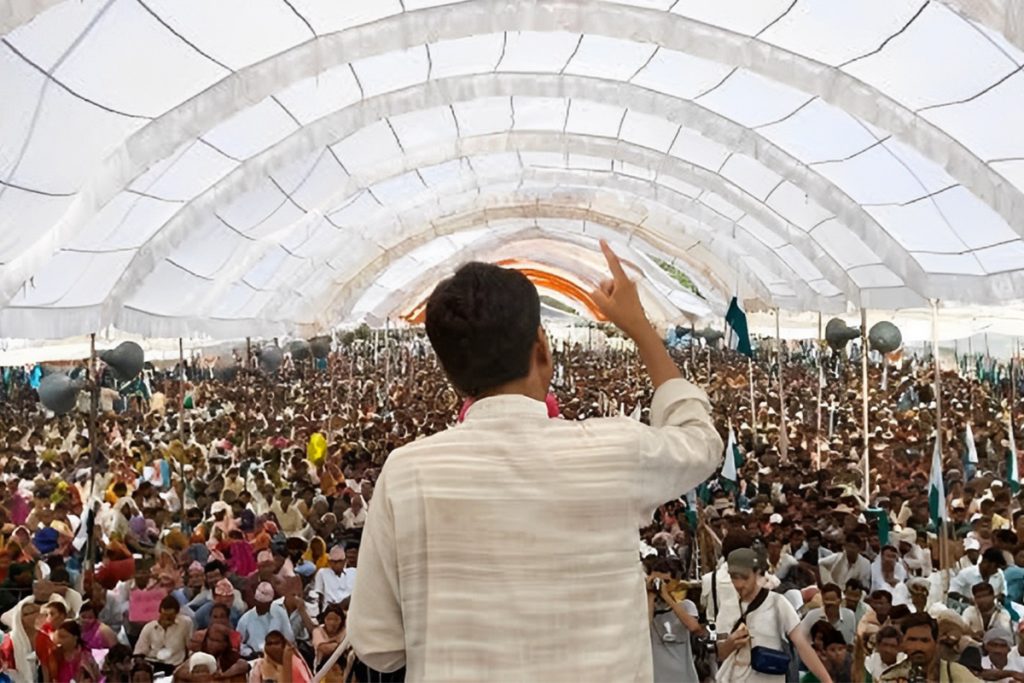
Building a peaceful society based on justice using nonviolence, I came to understand is a step-by-step process. This has been the driving force that has kept me going for all these years. Undoubtedly in this process, I was influenced by Mahatma Gandhi and his ‘talisman’ when he said:
“Recall the face of the poorest and the weakest man [woman] whom you may have seen in your life, and ask yourself, if the step you contemplate is going to be of any use to him [her].”
This focus on the people at the bottom of the socio-economic hierarchy was also reinforced by others whom I knew within the Gandhian circle such as Vinoba Bhave, J. C. Kumarapa, Radha Krishna Menon, Subba Rao and others. Ironically, I was living in a country whose culture had been shaped by Buddha, Mahavir, Kabir and Vivekananda, yet there was a need to continue to liberate the marginalized sections from poverty and deprivation and persuade more affluent sections of society to take up this form of peacebuilding.
I would not be honest in my statements if I did not acknowledge the contribution of thousands of people across India (and from some selected other countries) who have stood with me all these years in order that we could attain what we have achieved. These include those from: the marginalised communities that participated in many difficult actions; the team of workers who took pains to design and shape a large number of important events; a considerable number of middle-class friends; and political workers and officials that helped us to carry our dream forward at making change at the policy level. In fact, this award will be shared by all of these friends. It became apparent after receiving the announcement of the award in the press, how much joy and jubilation was expressed by individuals and organizations. This truly has been a shared effort.
To summarize then the first part of my journey, I have used some of Gandhi’s ideas and philosophies to reach out to the poorest section of society, and in the process, helped them to liberate themselves from poverty, injustice and inequality. I saw their advancement not only in terms of material gain, but also in their belief in nonviolence. Nonviolence is a practical tool for those that face so much violence and reprisals. Their nonviolence gets manifested in their struggle for access to land and livelihood resources. But in the process of their nonviolent actions, they also advance: interreligious and caste harmony, gender inclusion and respect for diversities. Such a change at the bottom has an impact on the entire society.
Learning from what we did, I want to elaborate on what we are doing at present. We have taken up a four-fold approach to peacebuilding that includes: (1) nonviolent governance; (2) nonviolent social action; (3) nonviolent economy; and (4) nonviolent education.
- Nonviolent governance
With the advancement in many fields, like science and technology, one would suppose that there would be more civilized behaviour by those holding power and positions. Unfortunately, as we look at leadership in so many countries, we find that this is not the case. In responding to making governance more nonviolent, we have been working to make decision-makers more accountable to the most marginalized communities. In many places we have taken up a kind of people’s-based advocacy. We have encouraged dialogue as a way to solve problems rather than employing police and security forces to silence dissenting voices. We have worked with many policy makers to frame socially inclusive policies especially with regard to the land, forest and water issues in India.
We have not stopped at policy change, we have also established a Department of Peace in one state in India and continue to advocate for Ministries of Peace in India and outside. Any peaceful and nonviolent governance comes from systems that enhance collaboration between people and the state; in this way people are in a better position because they have greater autonomy to solve their own problems. If one of the aims of the Four-Fold approach is to create a peaceful society and a peaceful world order, then collaboration between institutions and people is essential for solving conflicts.
2. Nonviolent social action
In the present times there are many crises impacting on the life and livelihood of millions of people, what we are calling structural violence. People are responding by getting organised and demanding justice. We are concerned that there are more protests today that are turning violent and people are not able to achieve their goal. This is leading to increasing popular discontent. Those who are leading social actions should have a deep understanding of nonviolent methods. In the absence of this understanding, people can be provoked to use violence.
Nonviolent social action was the main strength of Mahatma Gandhi in India’s Freedom Struggle. Vinoba Bhave, his associate organised large nonviolent movements for land reforms. These methods of nonviolent social action were adopted by our organization many years ago. We were able to train a large number of young people to organize marginalized communities at the grassroots level. Much of the success through these various actions are a direct result of this method.
I want to diverge for a moment to tell a small story. In our 2007 large nonviolent action, when 25,000 people marched from Chambal to New Delhi, a 350-kilometers walk over one month, we were led by a group of Japanese Buddhist monks who were drumming and praying at the front of the march. The goal of this padayatra was for landless people to access land and livelihood resources especially forest land to indigenous populations. The spiritual dimension of the march brought by the monks not only attracted attention but gave us a greater depth in the practice of nonviolence. Social action is more than civil disobedience, for when it includes nonviolence, it highlights the willingness of people to suffer and sacrifice in the process of affirming life. It is appeals to the generosity of the human spirit.
3. Nonviolent Economy
Mahatma Gandhi, J. C. Kumarappa, and Schumacher suggested that the economy could be more participatory and ‘bottom-up’ in the sense of self-organized communities coming together to create an economy. In contrast, an economy that gives opportunity to a few and promotes poverty and misery for millions cannot be a ‘good’ or inclusive. The livelihood opportunities that the indigenous people, fisherfolk, refugees, slum dwellers, farmers and farm labourers are accessing today are often daily wage earning, which is not secure. The economy does not work in their favour.
In the Four-fold approach, the experience of having many small, and local producer groups coming together to market their products while building a sense of cooperation, reflects that they are building a more nonviolent economy. We can see a transition happening where many micro-activities such as organic and natural farming, handloom and hand-based production are creating a ‘macro-narrative’ distinct from that of the global economy that is largely controlled by large corporations. As Mahatma Gandhi said: “There is enough for everyone’s need but not for everyone’s greed.”
Nonviolent economy is also a response to the climate emergency that is affecting large populations, and it is time for us to revisit the ways we produce, exchange and consume to be more sustainable and nonviolent to the earth. J.C. Kumarappa, one of Gandhi’s associates said that it is necessary to build a permanent economy, an economic vision that was pro-people, pro-poor and environmentally-friendly.
4. Nonviolent Education
Today young people seem to believe in brute force rather than in peace force because the kind of toys, social media, and films reinforce a behavioural pattern. Children haplessly fall victim to such negative influences or believe that through violence they can better achieve their goals. Parents are rather 4 focused on getting their children into schools, colleges and universities so that they will become upwardly mobile and therefore more affluent, without considering how their children can build peace for the society.
Peace and nonviolence education is an important intervention, that we are trying through teacher training. The teachers are encouraged to set up programs like community service activities, or peace studies within the curriculum, with the aim of improving the student’s behaviour and making them more responsible. Young people are encouraged to set up peace clubs. We are trying to create a network of organisations that would up take this agenda on a larger scale that would broad-base peace and nonviolence in as many educational institutions as possible.
In addition to classroom and extracurricular activities, we are advocating with various State Governments to see if they can establish Peace Ministries (or Departments) that would incentivize nonviolence education in multiple self-supporting ways. Children and young people would learn to value peace-making rather than expecting peace to be brought by the police or the armed forces. Peace education is central to peace building and only if we can have a deep resonance globally can this FourFold Approach be widely implemented.
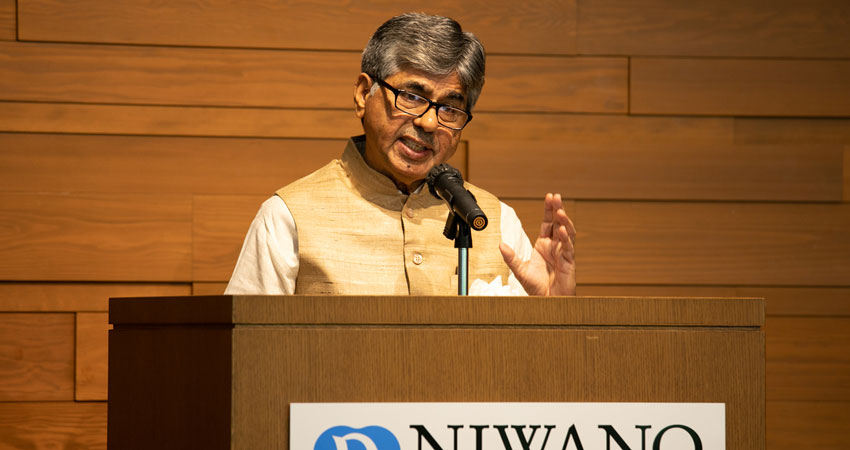
Having presented to you this Four-Fold approach, I am aware that there are many skeptics who are doubtful about the impact of nonviolence as a way of doing peacebuilding. To them I say, it is important to reflect on critical moments in history when wisdom was combined with our human advancement.
Let me begin with Albert Einstein in a letter to M.K. Gandhi in 1931:
“You have shown through your works, that it is possible to succeed without violence even with those who have not discarded the method of violence. I believe that Gandhi’s views were the most enlightened of all the political men of our time. We should strive to do things in his spirit: not to use violence in fighting for our cause, but by non-participation in anything you believe is evil.”
Nelson Mandela in receiving the Bharat Ratna in 1993 which is the most prestigious award given by the Government of India said:
“The Mahatma is an integral part of our [South African] history because it is here that he first experimented with truth; here that he demonstrated his characteristic firmness in pursuit of justice; here that he developed Satyagraha as a philosophy and a method of struggle.”
Let me conclude by saying that Gandhi saw nonviolence as the instrument of the strong. This realization has come to me after many years of working with the most marginalized communities in India. It is for this reason we have developed the Four-Fold Approach to Peacebuilding.
Although this award is being given to me as a person, we have decided to create a “Peace Fund” that will help support the Four-Fold Approach to Peacebuilding in different parts of the world.
Again, my thanks for your kind attention to these remarks.
Rajagopal P. V.
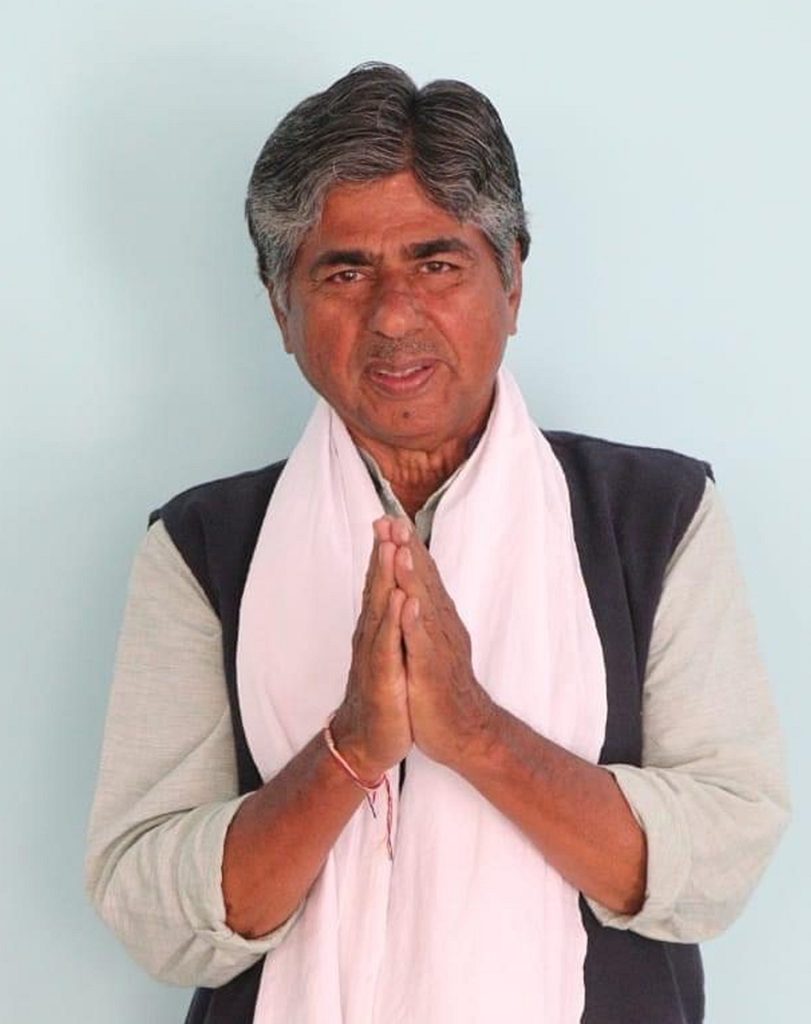
Text source: Niwano Peace Prize acceptance speech

